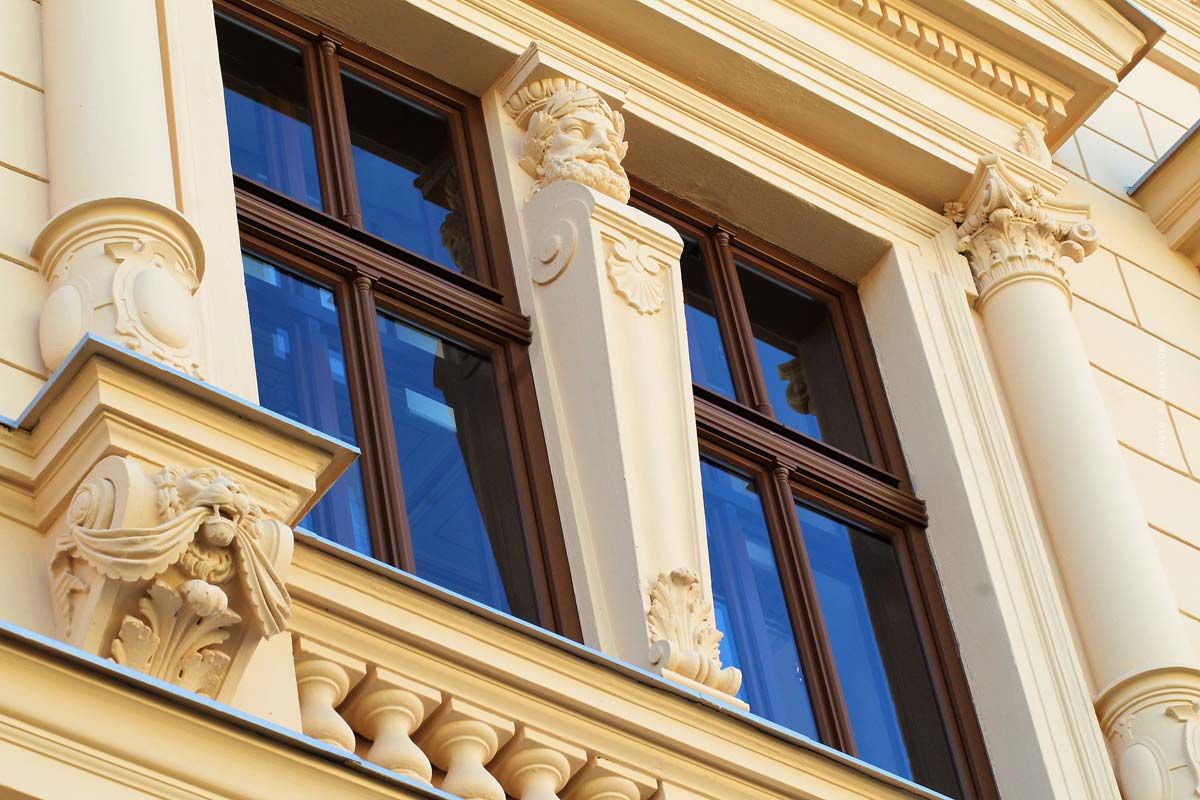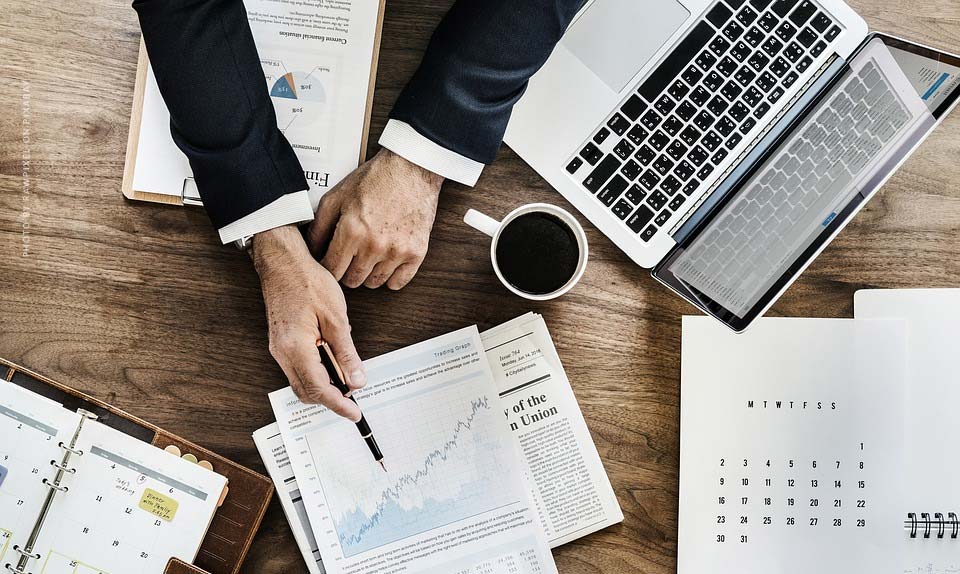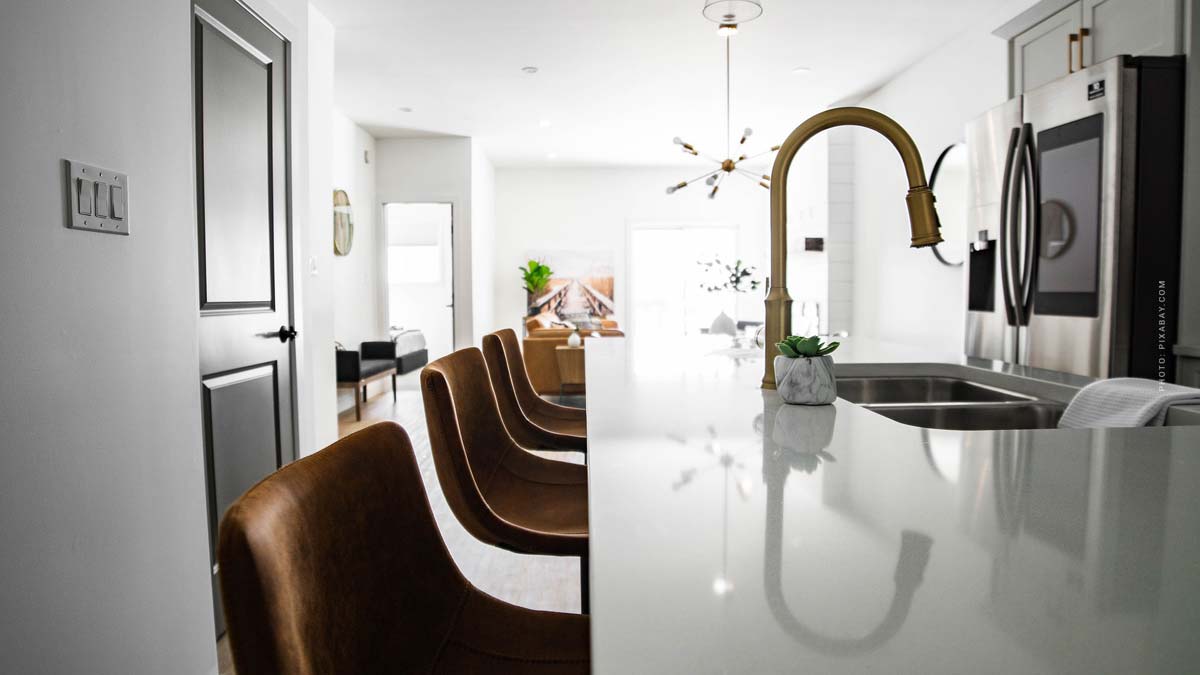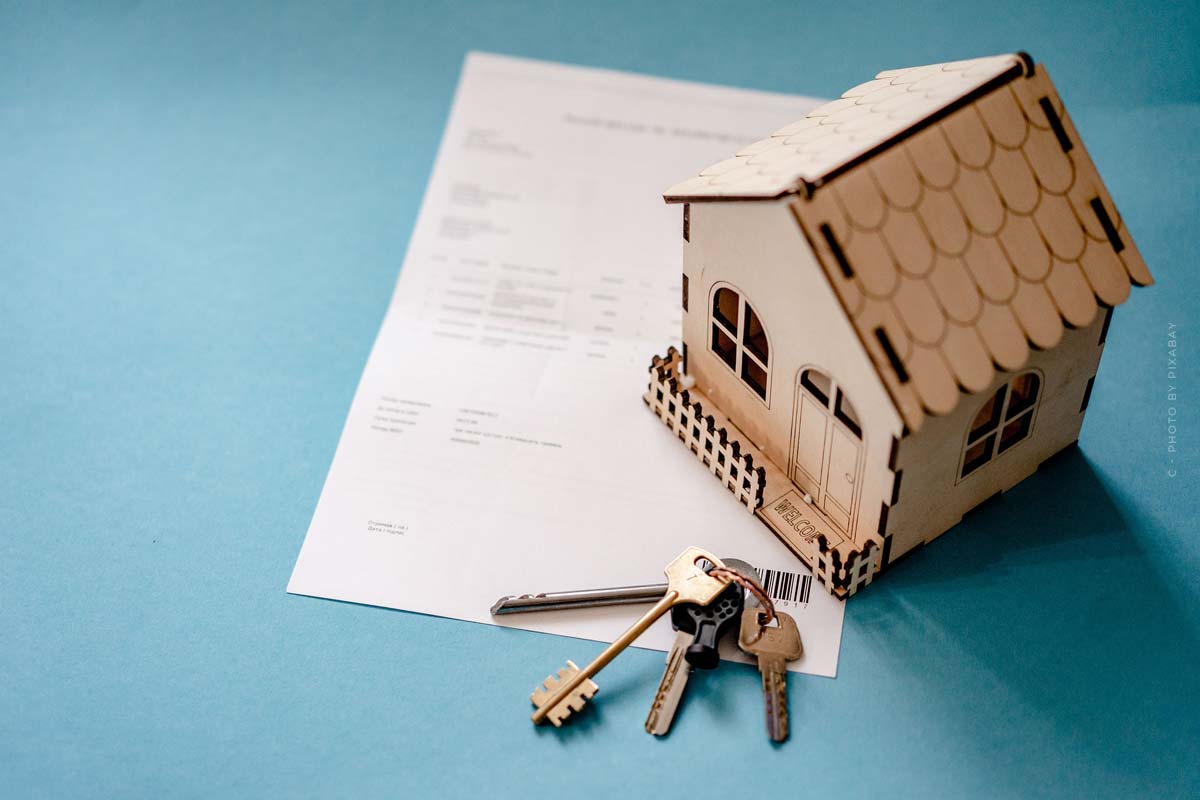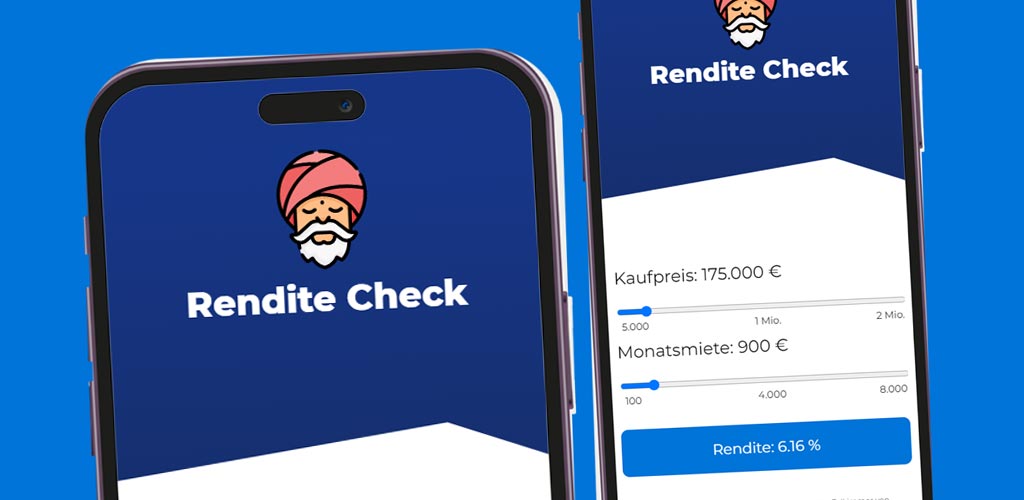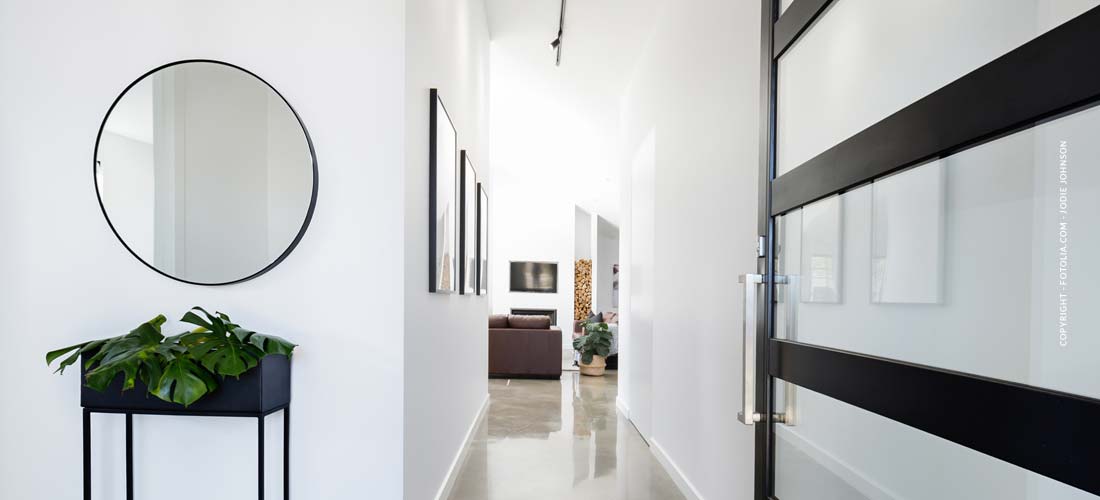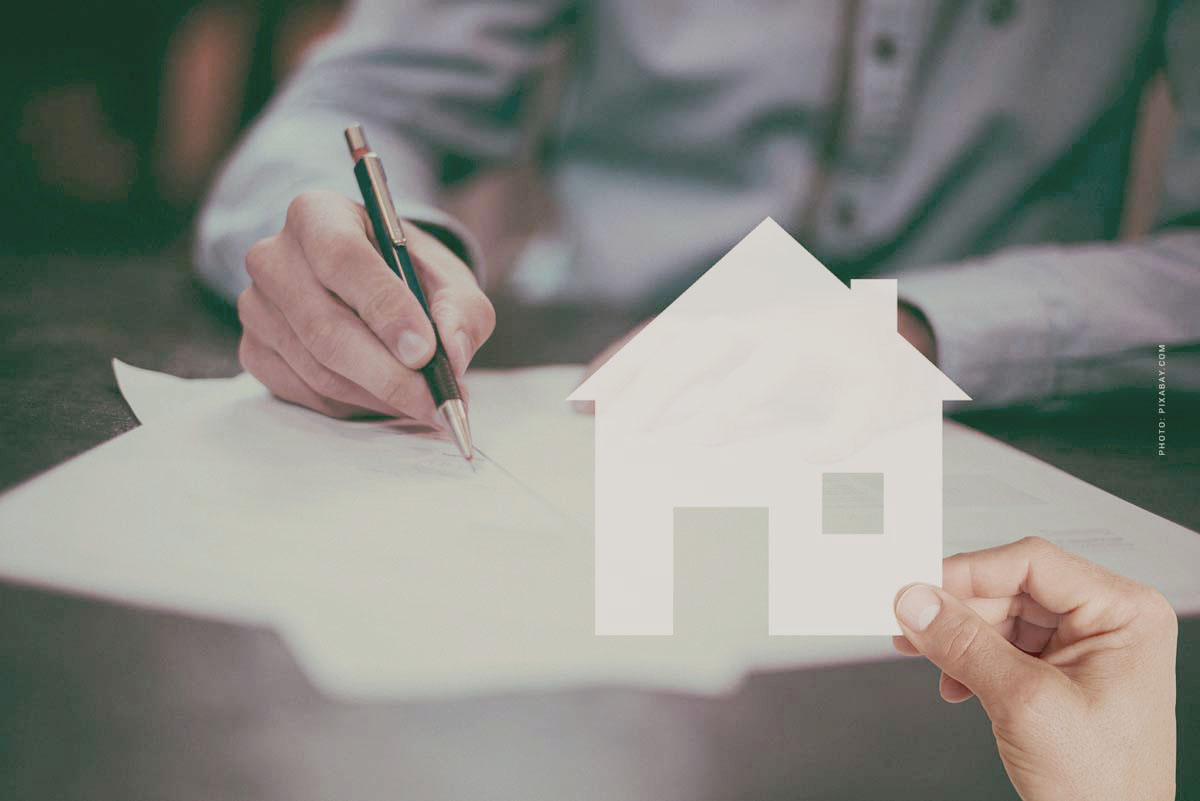Commercial audit: recognizing and evaluating criteria of a property
Commercial check – You have determined your maximum purchase price and are now faced with the commercial check, so that the previously determined and determined budget is adhered to. This audit is particularly important for the purchase of the first property such as apartment or house, that with it unnecessary costs and mistakes are avoided in the real estate purchase. This audit includes not only the cost, but also the inspection and defects by year of construction and maintenance of a building. Read all about the purchase audit here!
Commercial audit: criteria of a property
Before buying a property should be checked in any case. The commercial examination is based on the data with which one can compare real estates, like the
Audit for capital investors
The commercial audit is particularly concerned with the existing rental agreements if you buy an apartment unrented or rented. This point is particularly interesting for capital investors, because if you are buying for your own use, then you should rather invest in an unrented property.
The test in steps:
- Lease contracts check
- Rent arrears and rent increase
- Non-allocable costs
- Reserves and arrears
Step 1: Checking leases
Operating costs can be passed on to the tenant, which you should definitely check in an existing lease.
- Is it possible to pass on all current operating costs to the tenant?
- Is there a deposit?
- Are there any special features in the lease agreement?
Step 2: Rent arrears or rent increase
These peculiarities occur when it was agreed that tenants must return the apartment renovated when moving out.
- Are there any outstanding rent arrears?
- Are there active rent reductions?
- When was the last rent increase?
Step 3: Non-allocable costs
Here one should carry out a quick market analysis for comparative rents. If the building in which you invest in an apartment has an elevator, you should be careful. An elevator must be repaired or maintained every few years. These high costs usually have to be borne by the tenant and cannot be passed on to the tenant.
- Are non-apportionable costs expected?
Step 4: Reserves and arrears
For this purpose, it is essential to check the maintenance reserve of the condominium association on the basis of the last statement of condominium fees, as well as the amount of the total amount of condominium fee arrears. If there are individual condominium owners who have been in arrears for more than four months, then the probability of a default is high. Accordingly, special assessments may be the consequence.
- How much is the maintenance reserve of the homeowners’ association (WEG)?
- Are there any house money arrears of the WEG?
- Has the collection of resolutions been reviewed?
The next step: operating costs in the house
You want to buy an apartment, but the operating costs are too high for you? There is a solution! The operating costs of a property, such as a condominium, can be apportioned to the tenant. But which of these operating costs can be apportioned and what do you have to pay yourself as a landlord? Read all about the operating costs of your next property here!



